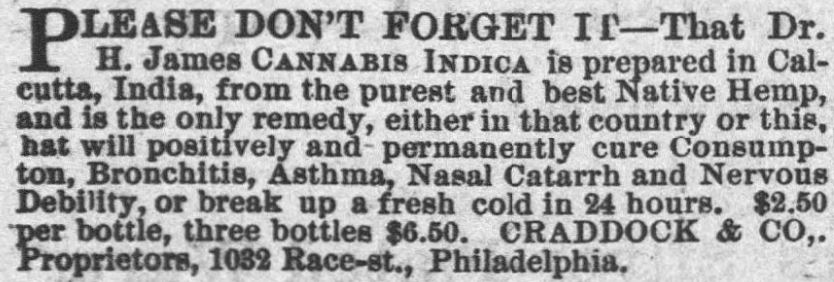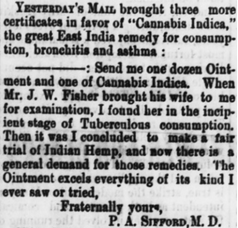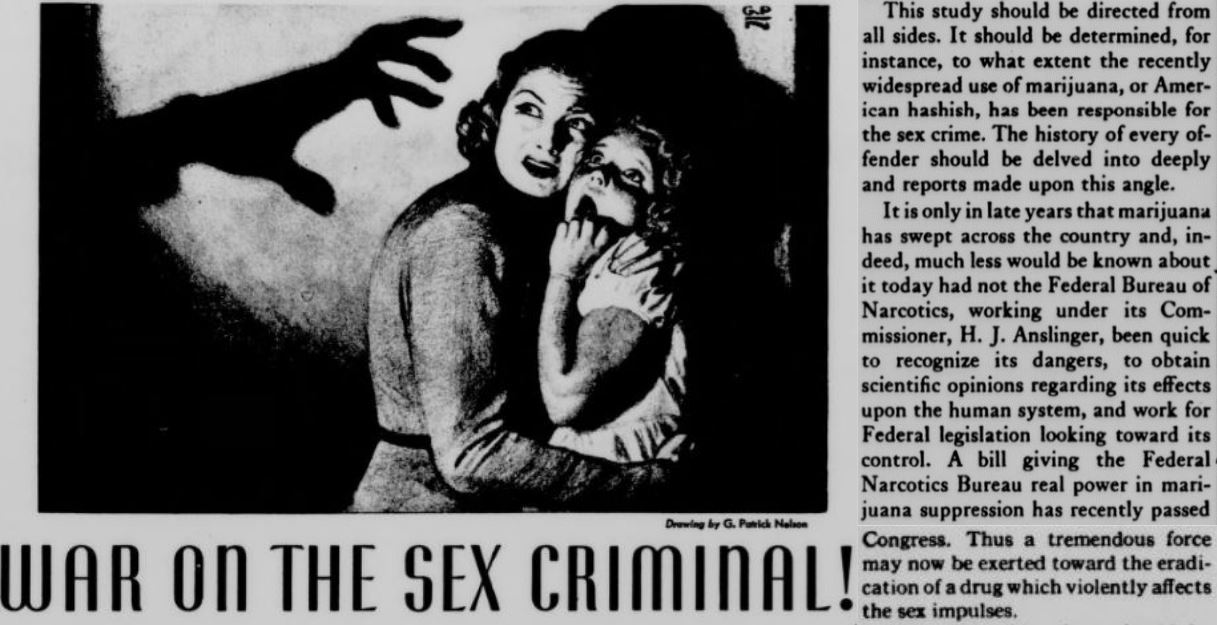Prohibition in the United States: A 100-Year Retrospective – Early Temperance and the War on Drugs
I felt I should approve of it because it would help my two sons. The word-pictures of the agitators carried me away. I thought a world without liquor would be a beautiful world.
Pauline Morton Sabin
Prohibition in the United States: A 100-Year Retrospective is a 5-part blog series offering readers an overview of the history of drug prohibition in the United States using historical newspapers and focusing on two of the nation’s most widely used psychoactive drugs: alcohol and marijuana.
Although alcohol has been consumed throughout most of American history, a constitutional amendment banned the manufacture, transportation, and sale of alcohol from 1920 to 1933, a period known as the Prohibition Era. Marijuana is more popular and widely available than ever, with 21 states legalizing recreational use between 2012 and 2023. At the same time, the drug remains federally illegal, classified by the Drug Enforcement Administration as a Schedule 1 controlled substance alongside drugs like Heroin, Ecstasy, and LSD. Expensive and inconsistent enforcement of drug policy, marijuana’s persistent prevalence in American culture, and the popular national push for legalization draw a common thread from Prohibition then to prohibition now.
Part 1, “Early Temperance and the War on Drugs,” kicks off the series with an exploration of how each drug came to be illegal in the first place.
Early Temperance and the War on Drugs
Alienation from the rule of law in democratic society may be the most serious cost of current marijuana laws. […] young people who see no rational basis for the legal distinction between alcohol and marijuana may become cynical about America’s political institutions and democratic process.
National Research Council (US) Committee on Substance Abuse and Habitual Behavior, 1982
Public opinion of marijuana in the U.S. has been shaped, in part, by the public’s ignorance of the substance, as paired with unfavorable press. By contrast, public opinion of alcohol during the temperance movement was shaped by its prevalence in American culture and the visible toll it took on the lives and families of those who abused it. The early Temperance movement emerged from the concern that American drinking was out of control, and the belief that laws prohibiting the manufacture and sale of alcohol would pout a stop to it. The movement was driven largely by women, as their lives were most likely to be affected by the drinking habits of the men around them. Organizations like the Anti-Saloon League and the Woman’s Christian Temperance Union were active in the cultural and political fight to stigmatize and outlaw drinking. By 1919, it appeared they had done so successfully, as the 18th Amendment was federally ratified, and the Prohibition era began.
The movement to crack down on marijuana was based on the popular but unscientific idea that marijuana posed a great danger to the future of American youth. Smoking marijuana recreationally was not widely in practice in the United States until its introduction by Mexican immigrants around the beginning of the 20th century. Before then, hemp was a common material for making cord, rope, and fabric, and was even incorporated into some patent medicines. These example advertisements are from Connecticut newspapers and were published in 1875 and 1887. They claimed that uses for “cannabis indica” ranged from preventing inflammation and pain to curing diseases like tuberculosis, consumption, bronchitis, asthma, “nasal catarrh,” and “nervous debility.” Most of these claims, of course, were hyperbolic at best.
In the 1930s, the yellow journalism of William Randolph Hearst helped to popularize the perception of marijuana as a dangerous drug, as his papers published stories about users going “insane” and committing acts of violence. The American public was unfamiliar with the drug at the time, and public perception followed the papers, the then-new Federal Bureau of Narcotics led by Harry Anslinger, and the drug’s association with people of color and those of low economic status.
In the 1960s, as marijuana and other hallucinogenic drugs became symbolic of the popular anti-establishment counterculture, conservative leadership attempted to curb the sentiment by outlawing the symbol. President Nixon declared a war on drugs in 1971, and in 1972, Nixon’s Attorney General, John Mitchell, classified marijuana as a Schedule 1 substance under the 1971 Controlled Substances Act. This decision contradicted the findings and recommendations of the Nixon-appointed Shafer Commission, which recommended that “all criminal penalties for the private use and possession of marijuana be eliminated.”



